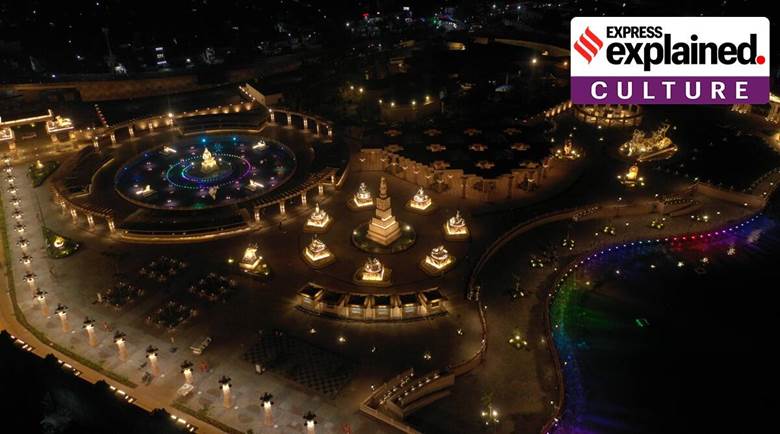Free Courses Sale ends Soon, Get It Now


Free Courses Sale ends Soon, Get It Now



Copyright infringement not intended
Context: Prime Minister inaugurated the Mahakaleshwar Corridor, constructed in Madhya Pradesh’s Ujjain at a cost of Rs 350 crore, on October 11.
Details:
About the temple:
Jyotirlingas in India:
Ujjain-Historical significance:
© 2024 iasgyan. All right reserved